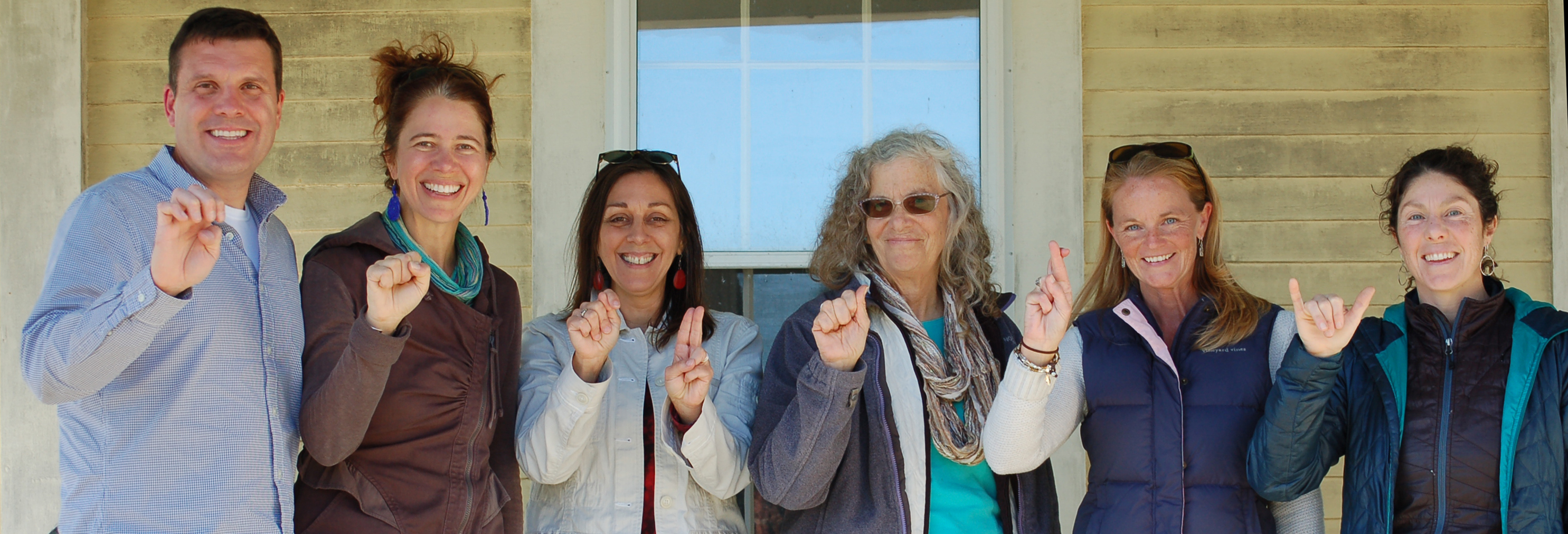The Wrack
The Wrack is the Wells Reserve blog, our collective logbook on the web.
The Wrack is the Wells Reserve blog, our collective logbook on the web.

Did you know that a few months ago, American Sign Language (ASL) had no signs for estuary or watershed or many other common ecological terms? These concepts are at the core of what the Wells Reserve is all about and are part of our daily lexicon. And yet, if members of the deaf community want to communicate about the work we do, they need to fingerspell “e-s-t-u-a-r-y” and “w-a-t-e-r-s-h-e-d.” This barrier forces them to think in their second language, English, rather than through the conceptual ASL lens.
This hurdle in science communication may help explain why only 0.2 percent of deaf or hard-of-hearing people choose careers in science, technology, engineering, and mathematics, compared with 15 percent of the general population.
To encourage STEM learning in New England’s deaf community, we and our partners are introducing new terms and teaching tools. Over the past several months, our team has developed signs and instructional videos and taken them through a round of testing with the help of 10 deaf-education graduate students. At our September workshop, it was language in the making!
Based on the feedback, our videos will be fine tuned and, next summer, shared with teachers and interpreters from schools for the deaf through a special Teachers on the Estuary workshop. During the 2018/2019 school year, those educators will immerse their students in watershed-focused lessons culminating in a student field trip to their nearest reserve site. We will be hosting the Governor Baxter School for the Deaf here in Wells.
Our hope is that educators, interpreters, and students within the deaf community will adopt the new ASL signs, connect with coastal science, and share their passion with others. If one of these students circles back to work at a National Estuarine Research Reserve, we would enjoy the ultimate measure of success.
This project is funded by a science transfer grant from the NERR Science Collaborative.
From Watermark 34(2): Fall 2017